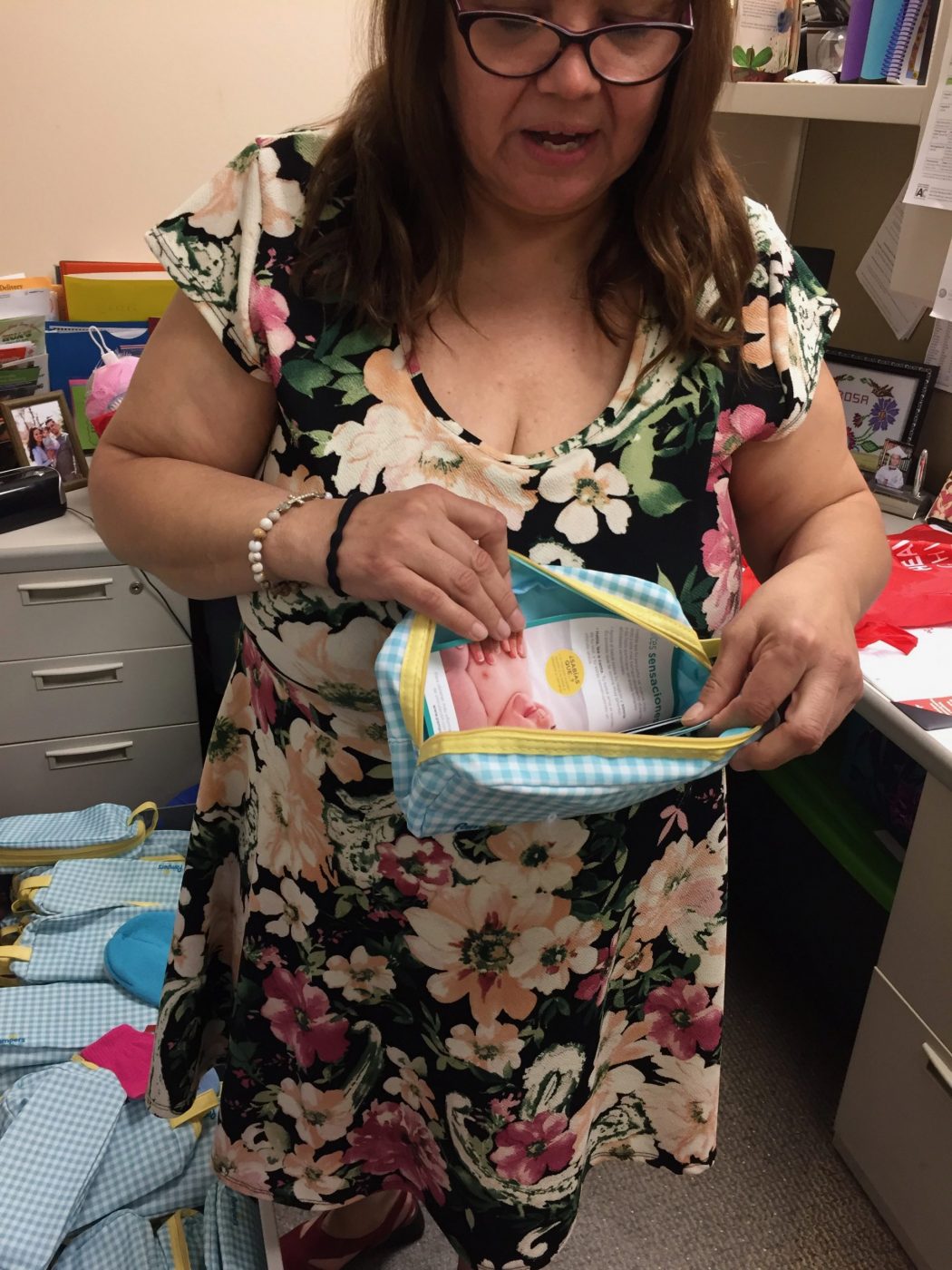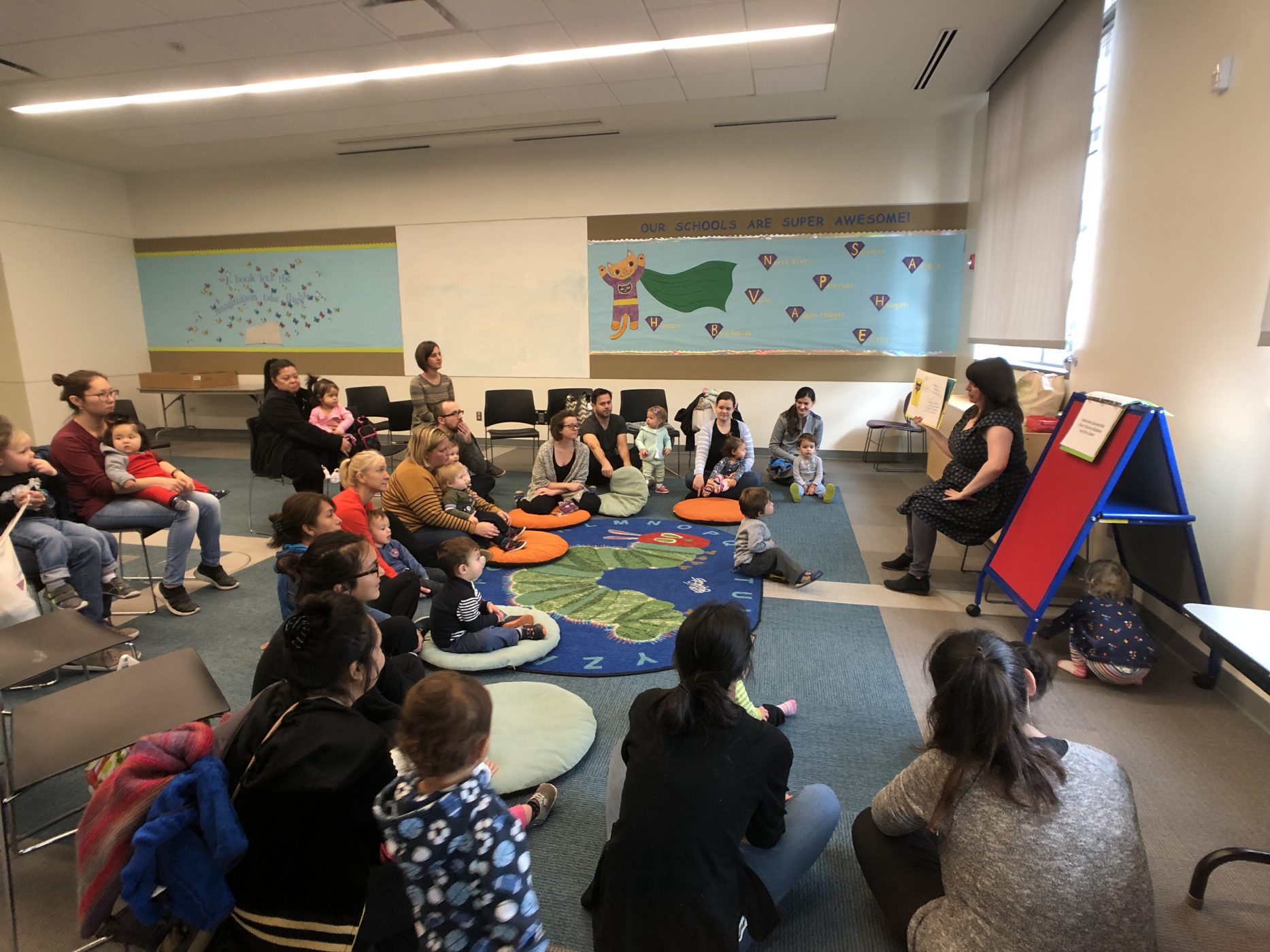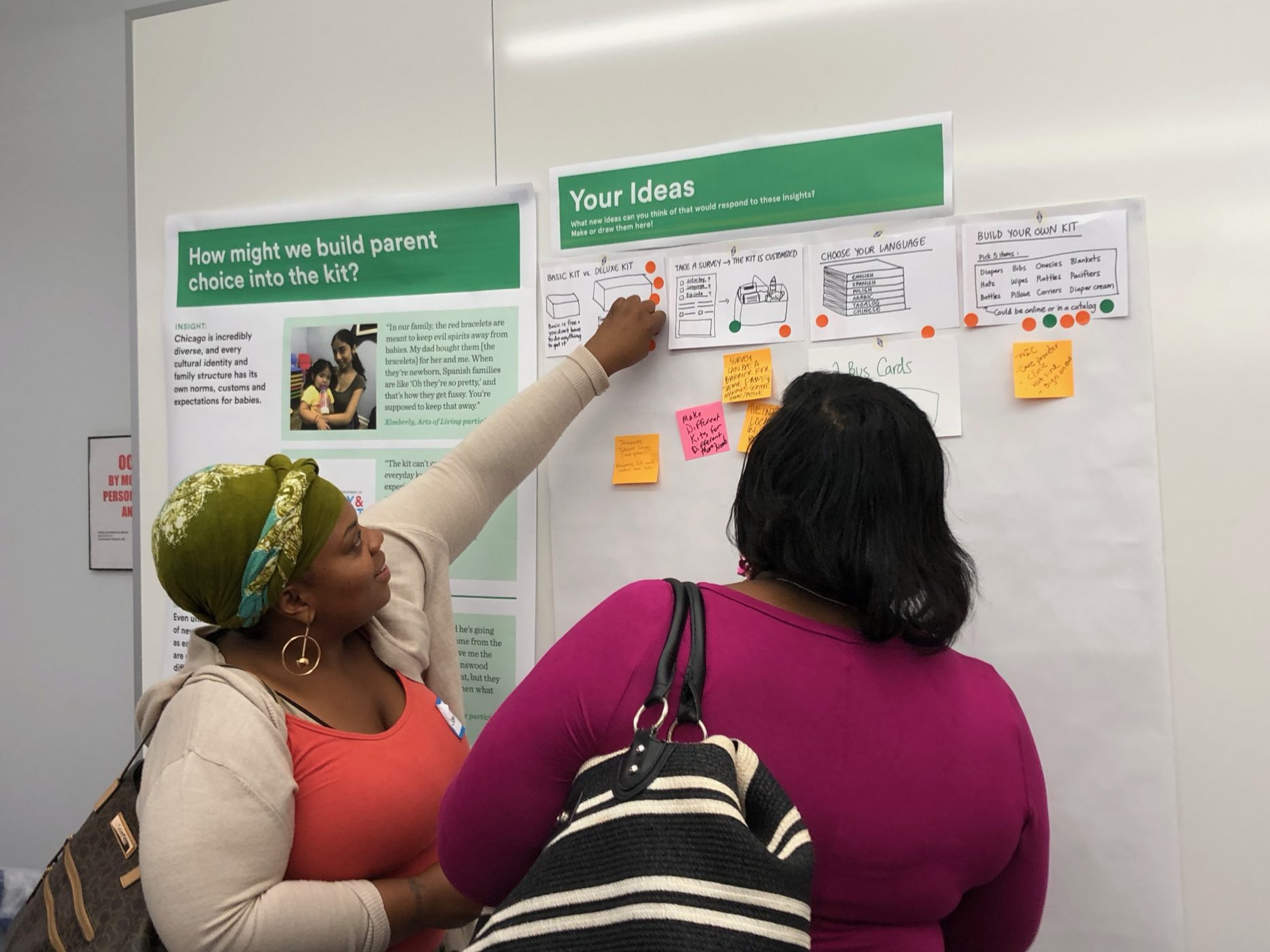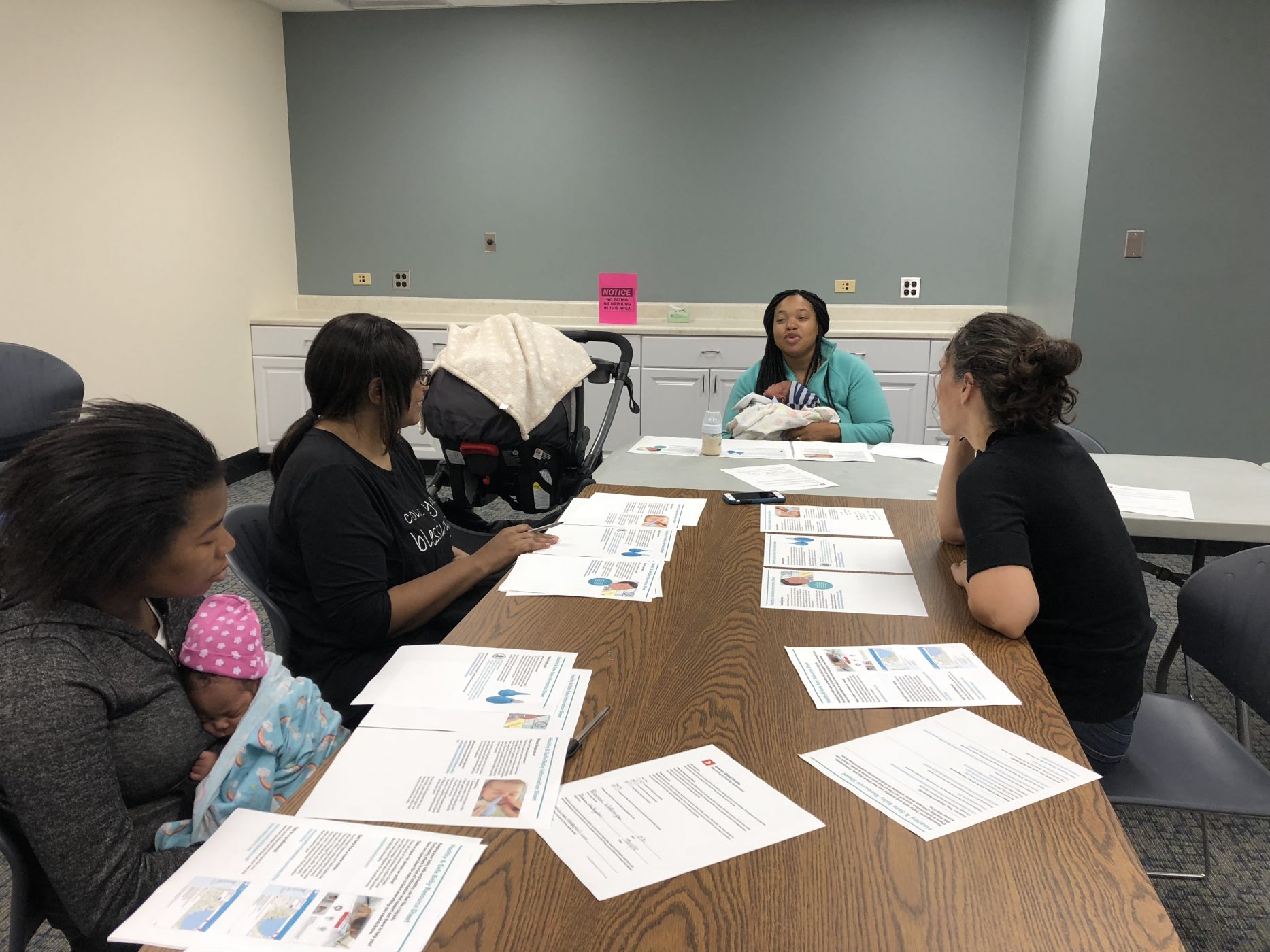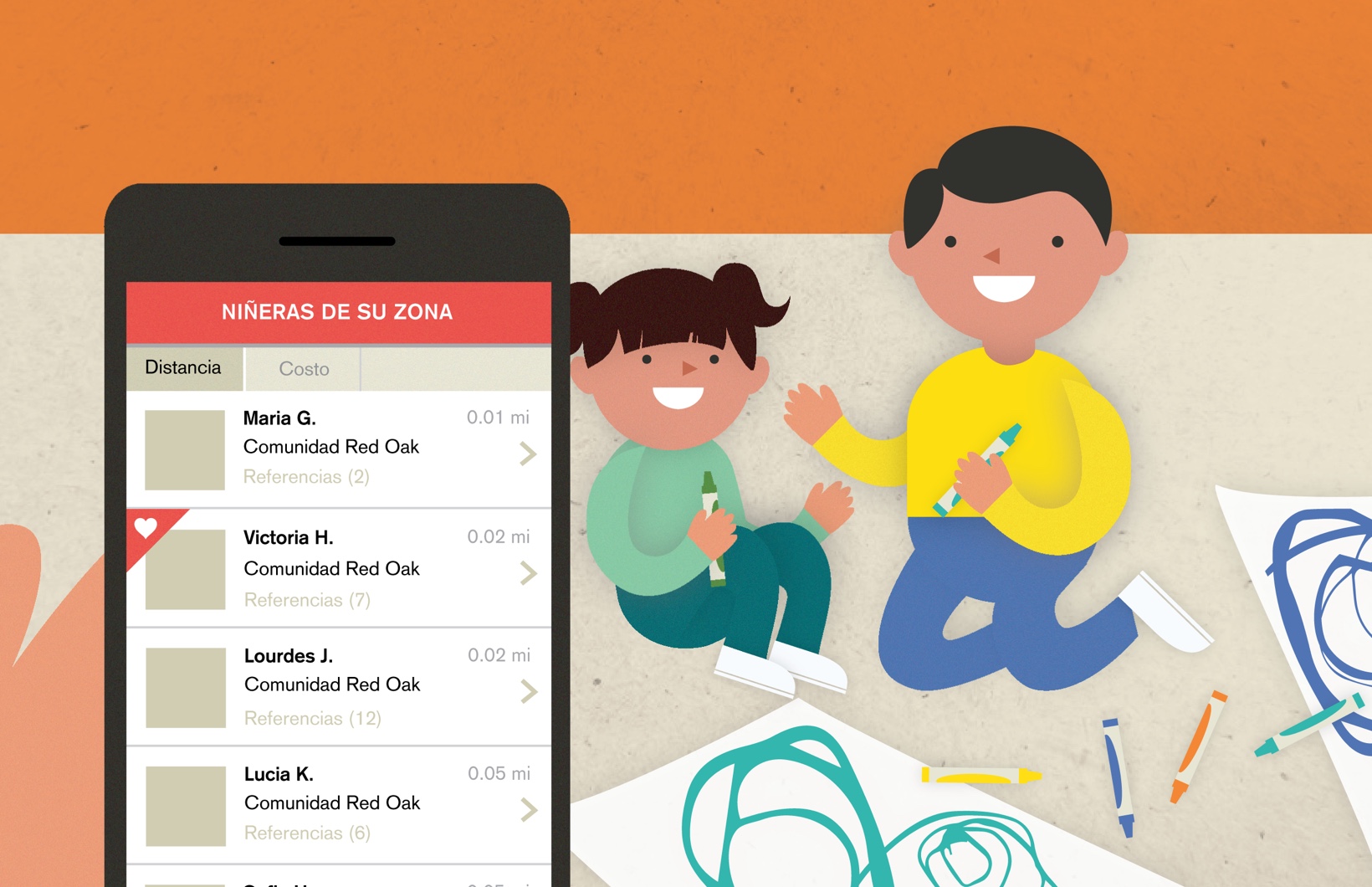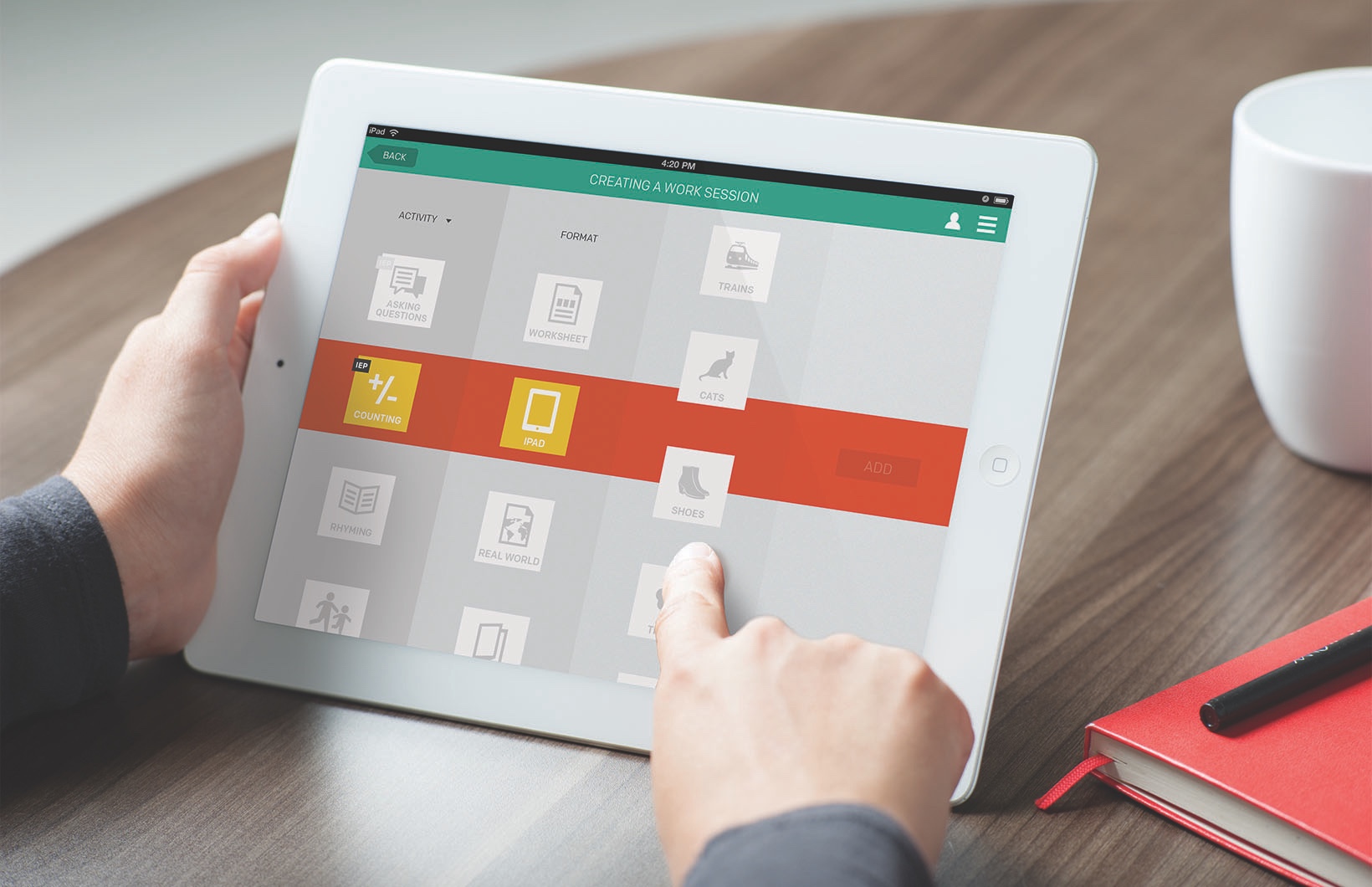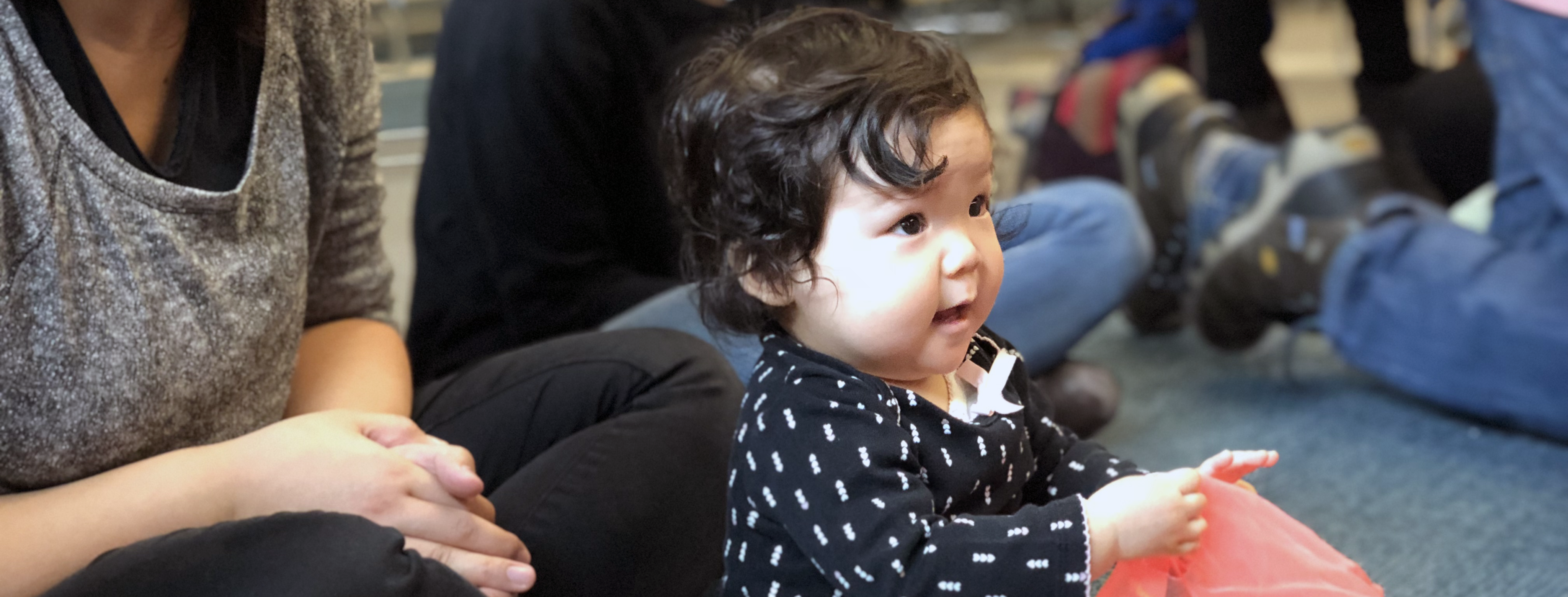
Client
The Chicago Department of Public Health (CDPH) is a governmental agency that provides guidance, services, and strategies that make Chicago a healthier and safer city.
Geography
Chicago, IL
Topic Areas
Health
Youth Development
Project Types
Communications
Digital & Physical Tools
Newborn health is affected by a number of environmental and social factors, including early intervention services, social support, and availability of resources. To provide the best possible outcomes for newborns and their families, the City of Chicago Mayor’s Office partnered with the Chicago Department of Public Health (CDPH) and Chicago Public Libraries to launch a universal nurse home visiting program for every baby born in Chicago. Part of that vision included designing universal welcome kits for all parents in the City of Chicago, as a precursor to the home visiting program.
CDPH and a strategic consultant they hired to lead the process, Aim & Arrow, partnered with us to use a participatory design process to develop a newborn welcome kit. The goal of the kit was to offer tools that support parents in the first six months of their child’s life, provide them with information on the necessary resources, and offer consistent, positive messaging from the city.
Project Outputs
Tools
The final design of the Newborn Welcome Kit included multiple products.
First, it included a prenatal postcard providing guidance to parents prior to the birth of the child—a gap that was identified among parents and healthcare staff during research. The postcard starts the process of pointing parents in the right direction for resources and information, even before the baby is born.

The kit itself contains several useful items for babies and their parents such as a diaper bag, baby books, a sleep sack, and an eye mask for parents and caregivers, all with positive and informative messaging on them to support healthy development and care.
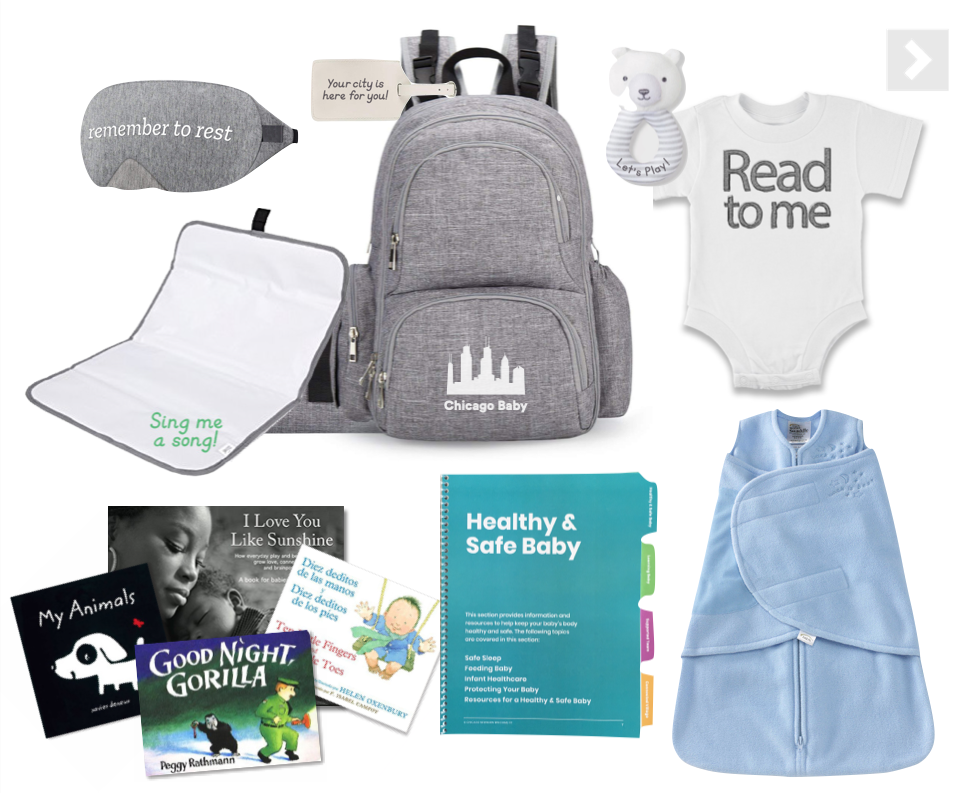
Central to the kit is a color-coded book of resources covering four key topics: Healthy & Safe Baby, Learning Baby, Supported Team, and Connected Village. The book contains tips from real parents; plain-language guidance; and relevant resources like local programs, hotlines, spaces, and services for every new parent. The book also included folder pockets and a clear, waterproof pouch for storage of important documents. View or download the full book here.


Greater Good Studio’s work on a newborn Welcome Kit for Family Connects Chicago helped center the voices of birthing parents as the project moved towards implementation. Through interviews, time with parents of newborns in the hospital, and other meaningful engagement with Chicago families, Greater Good Studio was able to create effective content that responded to the diversity of concerns and questions facing new parents in Chicago today.
Elizabeth Cole
Parenting a newborn is one of life’s biggest challenges. We approached the design of this kit through participatory decision-making, including the families and front-line workers who would benefit most from the kit. This process also brought together many public agencies and experts and created space for them to collaborate in a productive way. The result was a human-centered product grounded in the diversity and strengths of Chicago’s newborn caregivers.
The proposed kit is not only a set of practical items, but provides positive messaging, resources, and access to a community that helps set up infants and their families for success. By focusing on the needs, knowledge, and experiences of the community surrounding an infant in their first few months of life, we can come together as a city rich in diversity and support to create the conditions for growth, health, and happiness.
Team & Studio Impact
This project was one of our first opportunities to pilot the concept of “building a project community.” Around the time this project began, we had started to embrace the idea that many of our projects have the potential for community-building, especially as we engage people multiple times throughout the course of the design process. In this case, we brought new parents and front-line professionals into the work at least three times: during research sessions, at the ideas workshop, and again during prototyping. All along, we kept track of people’s participation, stayed in touch with them, and sent out regular project newsletters. We learned that organizing participants adds great value to the work, and provides the client with a resource for future feedback loops.

